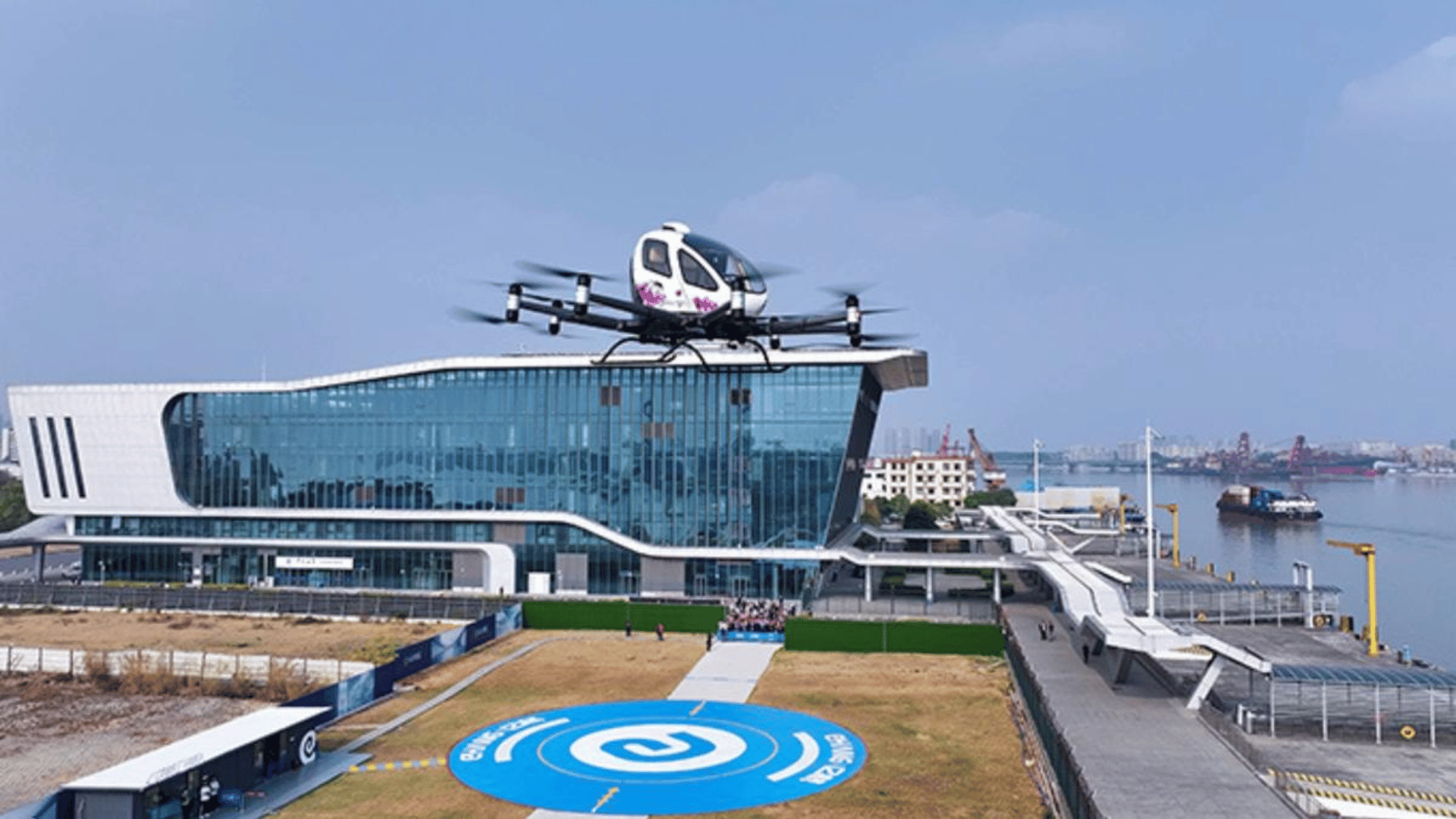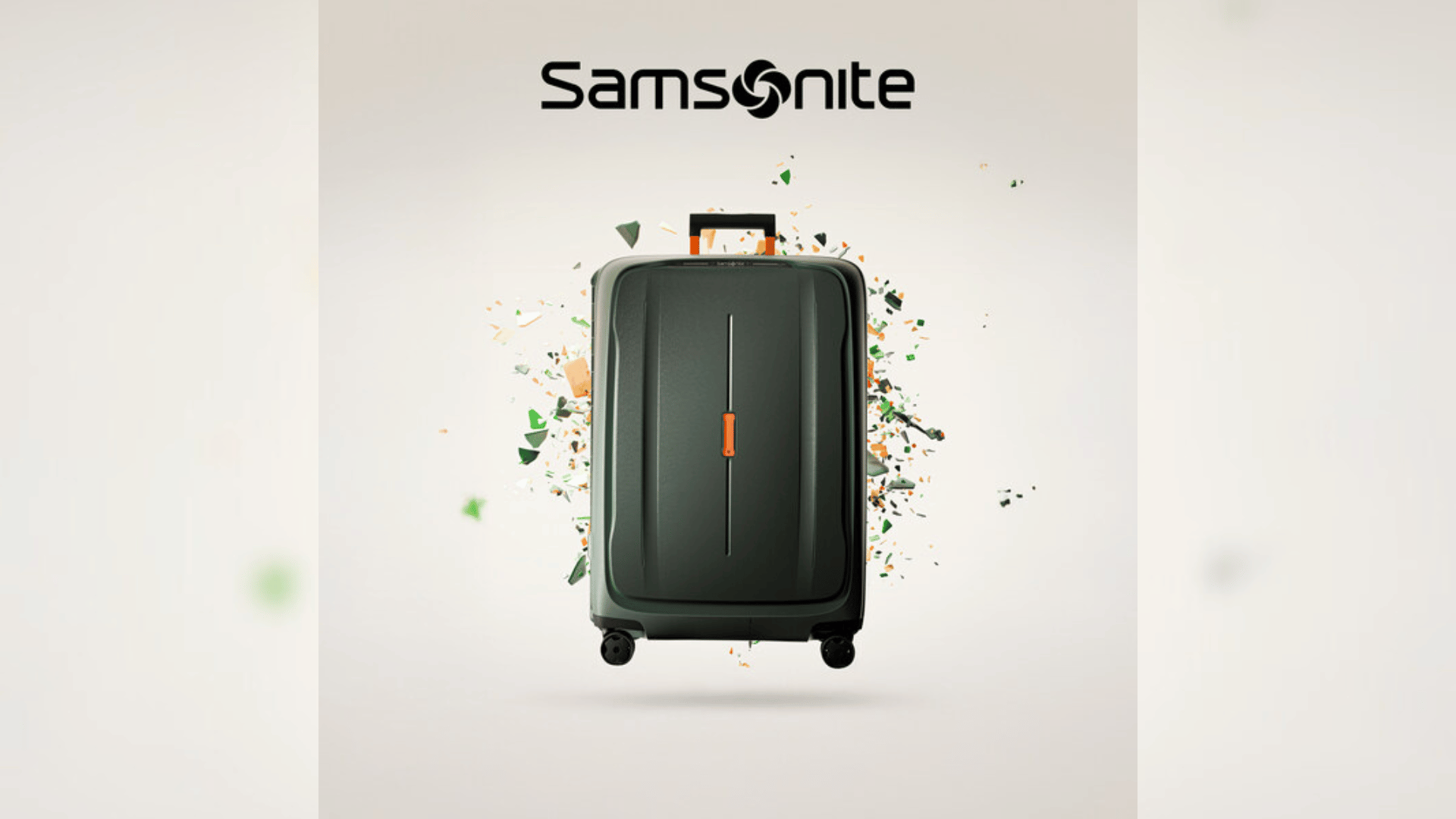The world’s first autonomous flying taxis are taking to the skies at top speeds, elevating the transportation industry with faster and more sustainable travel.
Certified eVTOL

According to reports from Chinese news outlets, the Civil Aviation Administration of China (CAAS) has granted air operator certificates to EHang Holdings in Guangdong Province and its subsidiary Heyi Aviation in Hefei, Anhui Province, allowing them to conduct unmanned passenger flights.
“This milestone officially marks the launch of China’s human-carrying flight era in the low-altitude economy, allowing citizens and consumers to purchase flight tickets for low-altitude tourism, urban sightseeing, and diverse commercial human-carrying flight services at related operation sites in Guangzhou and Hefei,” said a statement from EHang.
EHang conducted the world’s first test flight of a pilotless, passenger-carrying eVTOL powered by a solid-state battery in November 2024. This approval marks the final step in the many regulatory approvals needed to launch commercial services.
The EH216-S eVTOL aircraft has been in development for over six years, with its first flight taking place in the U.S. in 2020. EH216-S received Chinese certification in October 2023 and approval for series production in April 2024, making it the first type of certificate for an unmanned eVTOL in history. This type of certificate allows operators to perform commercial passenger-carrying unmanned aerial vehicle (UAV) operations.
Taking to the Skies
Capable of reaching a maximum speed of 81 mph, the taxi’s cruising speed is 62 mph and it can reach an altitude of 9,843 feet. The battery supports a 22-mile range, and recharging time is estimated at approximately two hours.
The pilotless air taxi seats two passengers and includes a carbon-fiber-composite fuselage with eight arms, each fitted with two coaxial propellers. The vehicle relies on 5G connectivity for communication with a command center as it flies along preset routes.
The freshly certified flying vehicles will begin operations with simple short-distance tourism routes, with plans to eventually expand to broader networks. According to Newsweek, the new autonomous taxis are required to adhere to strict maintenance, safety, and operational standards.
“These efforts will support local operators in applying for OCs for civil pilotless human-carrying aerial vehicles, enabling more cities to launch regular low-altitude tourism flights, urban sightseeing, and a wider range of commercial human-carrying flight services for the public,” said EHang in a statement.







